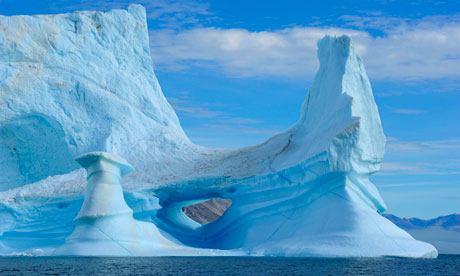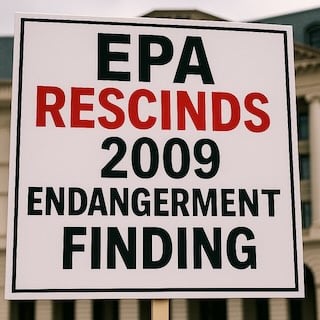As offshore oil drilling edges ever closer to becoming a reality in the Arctic Ocean, the Center for American Progress examines the region’s lack of readiness in the event of a spill. Oil & Ice: Risks of Drilling in Alaska’s Arctic Ocean video highlights the concerns and challenges facing the Coast Guard charged with its protection, the grave doubts of the scientific community about the lack of knowledge in this area, and the perspectives of those who depend on the Arctic Ocean for their livelihood.
Drifting sea ice halts Shell’s Arctic drilling

Ice stalls work one day after it began; critics say event illustrates dangers.
By DAN JOLING
Daily News staff and wire report
Royal Dutch Shell halted drilling in the Chukchi Sea on Monday — one day after it began — because of sea ice moving toward the company’s drill ship off Alaska.
Shell Alaska spokesman Curtis Smith said drilling was stopped as a precautionary measure in accordance with its ice management plan.
Environmental groups say the complication illustrates the dangers of working in the Arctic. The Wilderness Society said Shell, faced with a shortened drilling season, was trying to mark its space in the Arctic whether or not it was ready to drill.
The ice pack measures about 30 miles by 12 miles. When it moves on, the Noble Discoverer will reconnect to anchors set in the sea floor and resume drilling, Shell says. That could take two days or longer.
“It’s significant pack of ice,” Smith said. “It’s not one solid sheet but there are some pieces of the ice that are more remarkable than others. In one point, we estimate the thickest part of the ice to be about 25 meters.” That’s about 80 feet.








Leave a Reply